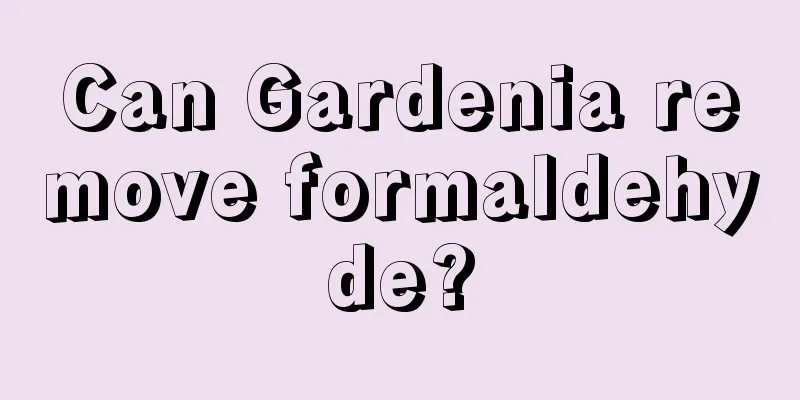African violets cultivation methods and precautions

How to grow African violetstemperatureAfrican violets prefer a warm environment, and the suitable temperature for growth is around 16-24℃, 18-24℃ from April to October, and 12-16℃ from October to April of the following year. High temperature is not conducive to its growth, and generally the daytime temperature should not exceed 30℃. The night temperature in winter should not be lower than 10℃, otherwise frost damage is likely to occur. illuminationAfrican violets prefer a semi-shaded growing environment and are suitable for growing under scattered light. Provide proper shading in the summer to avoid sunburn on the leaves of African violets and keep the leaves green. However, if the indoor light is insufficient for a long time, the African violet will grow slowly, not bloom, or even grow too tall. WateringAfrican violets are relatively resistant to moisture, so keep the soil moist. The temperature in early spring is relatively low, so do not water too much to avoid stem and leaf rot. In summer, it is better to water in the evening. Water more often at ordinary times and increase the air humidity of the surrounding environment by spraying water. Otherwise, the flower stalks will droop and the flowering period will be shortened. When spraying water, try to avoid too much water splashing on the leaves, and wipe them clean in time, otherwise it will cause leaf rot. As the temperature gradually drops in autumn and winter, watering should be reduced appropriately. FertilizationApply fertilizer frequently with light fertilizer. During the growth period of African violets, apply fertilizer once every 10 days or so. It is advisable to use a thin, well-rotted liquid fertilizer or compound fertilizer combining nitrogen and phosphorus. Avoid applying too much nitrogen fertilizer, otherwise there will be lush leaves but few flowers. Generally, the ratio of nitrogen fertilizer, phosphorus fertilizer and potassium fertilizer should be 1:1:1. soilAfrican violets like loose and fertile soil. It can usually be made by mixing leaf mold with sandy loam, or by mixing leaf mold, peat soil and sandy soil. African violets breeding precautionsUnder hot and humid climatic conditions, African violets are often susceptible to wilt, powdery mildew and leaf rot. At this time, you can apply 1000 times diluted 10% antibacterial agent 401 acetic acid solution by spraying or pouring it into the potting soil for prevention and control. The pests of African violets include scale insects and red spiders, which often occur during the growth period of the plant. You can spray 40% omethoate emulsifiable concentrate 1000 to prevent and control the pests. |
<<: Cultivation methods and precautions of daffodils
>>: Seabuckthorn cultivation methods and precautions
Recommend
What to do if the leaves of thread iron turn yellow
Poor growth of thread iron plants causes yellowin...
The growth environment and local conditions of the sycamore
The growth environment and conditions of the Chin...
How long does it take for flax seeds to grow?
Introduction to Flaxseed Growth Flax seeds prefer...
Maintenance of tree stump bonsai
Spring maintenance Pruning In spring, tree stumps...
How to cultivate dragon blood tree to make it more vigorous
Dracaena Growing Conditions Dracaena prefers a ho...
How to grow loofah to achieve high yield?
Luffa is a vegetable that can be grown all year r...
What are the benefits of using waste beer to water flowers?
Waste beer is very good for watering flowers, but...
Is it unlucky to grow lotus at home?
1. Do not accumulate wealth After the lotus flowe...
Can jasmine be watered with beer?
Can jasmine be watered with beer water? Jasmine c...
How to water Phoenix bamboo
1. Does Phoenix Bamboo have a high demand for wat...
How to divide the money tree
1. Division time It can be propagated by division...
How to grow mirror grass
1. Cultivation technology 1. Water: Mirror grass ...
How to grow succulent Lithops, and which varieties are more expensive?
1. Breeding methods 1. Soil: The requirements in ...
How does Snowdrop survive the winter?
illumination Snowdrops are afraid of extreme heat...
Can Strelitzia reginae be repotted in summer? Steps and precautions for repotting
Can Strelitzia reginae be repotted in summer? It ...









